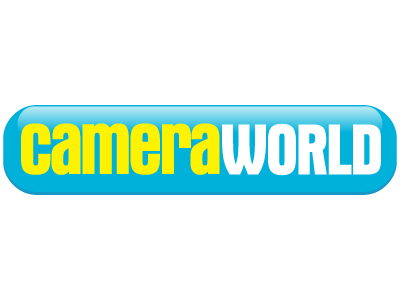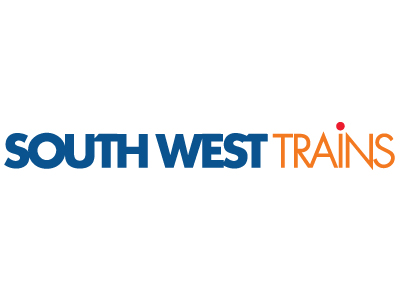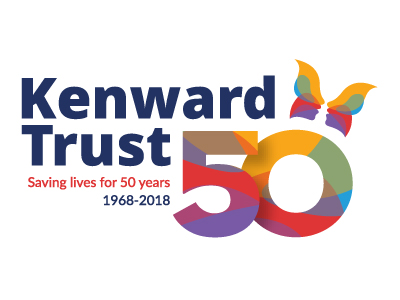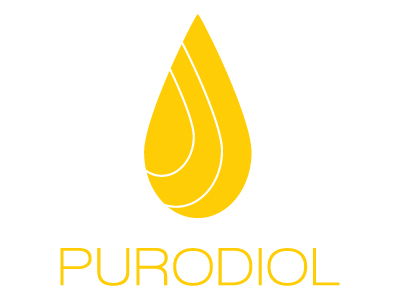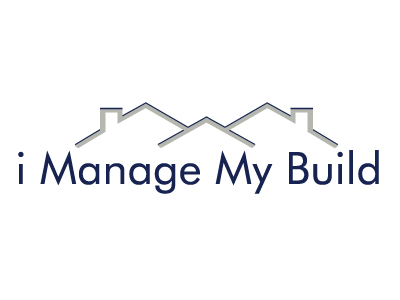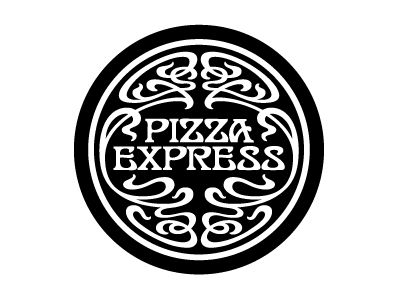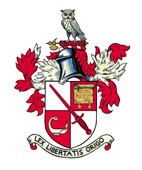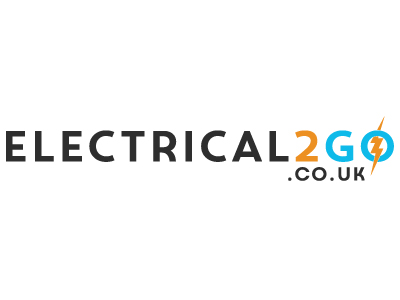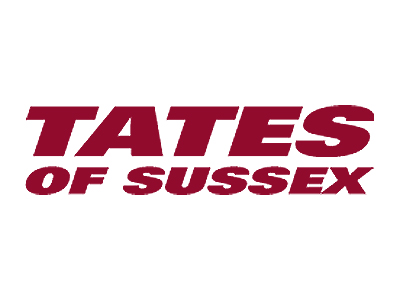For the best past of 2 decades I have been a ‘graphic designer’, but my degree is actually a Bachelor of Arts in Interactive Multimedia Communications. The title of the Degree has never really sat well with me. I mean, what does it actually mean? And the Degree doesn’t even exist any more! So only those that attended the course back in the day, really truly know. Which is why, when I graduated, the recruitment agents pitched me as a Graphic or Multimedia Designer.
Over the following 17 years, my design skills have been sculpted by the experience of working with national brands as well as SME’s. My creative streak was inherited from my father, who was also a graphic designer, professional studio photographer and marketeer. So I may not have a pure Degree in graphic design, but my natural design skills have been honed through life experience and learning from peers. Which is why I really love UX design as it nourishes my desire to design projects that work for the target audience (it’s a people-orientated profession) and not for my own ego. I have seen a lot of designers fall into that trap and get frustrated when their clients don’t share their vision!
UX Design really helps to bridge that gap between the designer and the client, as both parties are working towards the same goal, client engagement/conversion.
User Experience design, or UX, UED, XD or UXD, combines UI (user interface) design with a strong understanding of online human behaviour. For any online application, understanding thought processes and how people engage with digital applications is key to success, especially as the space becomes more competitive. As an example, rewind ten years ago and there were only a handful of trusted online retailers in the wholesale electrical industry. The space was wide open for those online retailers to provide ‘OK’ online experience for visitors, as there wasn’t much competition, they just need to be top in the search engines. Today, you still need to be top of the search engines, but the visitor is now looking for competitive pricing, best delivery options, relevant content and a slick checkout process. Carrying out a full UX design process can see a dramatic uplift in sale conversions, so if your eCommerce website has lots of traffic, but the conversion rate is low, then your website has a problem with design (or pricing!).
All my projects start with user research. This is the first stage of UX design. Why? Because user research provides the data to begin building the online product.It is incredibly hard to proceed without that information as it is the fundamental part of any UX design project. The research provides a greater level of understanding about the customers. What their goals are, their motivations, their behaviour and also their needs. There are many ways to obtain the research but it provides the knowledge of how the audience thinks from their perspective. The research also has an added bonus as well, as the results or ‘evidence’ as we call it at Diligence, allow our customers to understand why and how we will approach the design of their application. In short it cuts out ‘hearsay’.
With a clear understanding of who the users are, where they are from, where we can find them, the next stage (my personal favourite), is a process stolen from traditional marketing but is incredibly relevant - Personas. The process really helps to put yourself in the shoes of your target users, to appreciate, their goals, their interests and needs. Each persona tells the story of a typical user that has been identified. It then allows us to explore what is important to that user in relation to the product or service we are promoting and cut out the noise, such as content the client may feel is important to them, but isn’t to their users.
I am always also mindful of the fact that if I do my job well, user experience really has a positive knock on effect well beyond user experience. A well performing website will lower the cost of ongoing support, increase customer retention and increase market share. And even better it lowers the cost of customer acquisition. All great news for our clients profit margins!
The research also reduces the level of waste during development as the usability requirements are decided before any of our coders even touch a keyboard. The development stage can be the most expensive part of any digital project, especially with complicated builds. So is this really a good time to trial and error elements? The evidence gathered at the research stage highlights where to prioritise development tasks and for those larger project, where budgets are limited, UX can helps identify the priorities for launch and those that can be phased in over time.
During the development process it’s important for the designer to be available throughout the build to ensure that developers are coding to the prototypes. The prototypes are like their blueprints and if done well, provide clear instructions and cuts down on lengthy briefing sessions.
After the initial excitement and celebrations of launching the new digital project have, and people have recovered for sore heads. The UX process doesn’t stop. No matter how much research and planning is done, the proof is always in the pudding. The first few months of the launch are the most critical as the best critics you will ever have are now using the digital project. I like to make sure that at least the basic metric analysis is in place. But it is always worth investing a little more time and money utilising many online tools that are available online and that are really easy to set up. After a few months of data collection, it’s time to sit down with our client’s to consume the data and see how well the project is performing against the metrics set. At this point, depending on the results, adjusts might need to be made. There is literally nothing wrong with reviewing the data and being honest as a UX designer. If the design isn’t working as well as it thought it would, the data will help to identify why. I have had a project where 50% of users were dropping off at the point of the basket page. We ran a short hotjar campaign to see if this flagged up why, it did and we saw that some users, just were not seeing the checkout button, even though it was above page fold and visible. By changing the colour, adding more space around it, it corrected the issue.
That last example is a reason why I really love UX Design. There are so many really cool online tools that provide you the real time data you need to understand users and how to improve the customer journey, no matter how small the issue might be - I design for the user, to increase conversion rates, not for my own ego.
I always advise our clients that spending more on UX Design will save you money in the long term.
Quick look at my UX process.
- Research from users.
- Build User Personas
- Create User Stories/Scenario Map/Sitemap
- Create Wireframes & Interaction Prototypes
- UI, visual design and deliver




